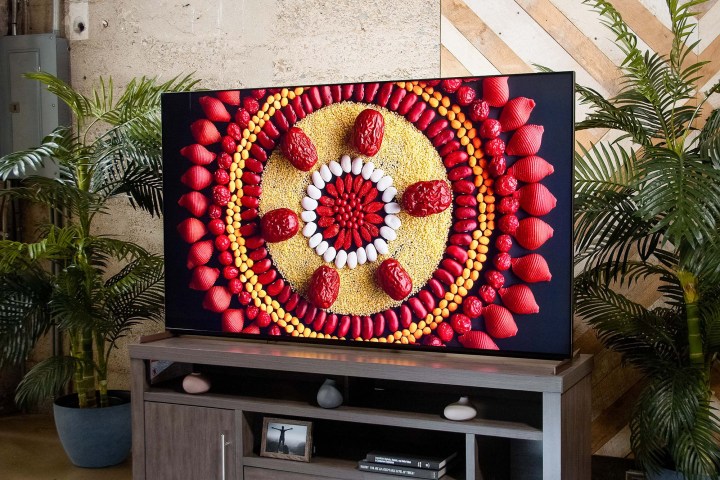If you believe the hype and marketing tactics from TV manufacturers and retailers, you’d think it’s always a great time to buy a TV. This, of course, isn’t true. You can save significant money on a TV if you bide your time and strike when the deals are to be had.
And while it’s also a good idea to bookmark our regularly-updated best TV deals post, the best times to buy a TV are:
Follow the new TV release cycle
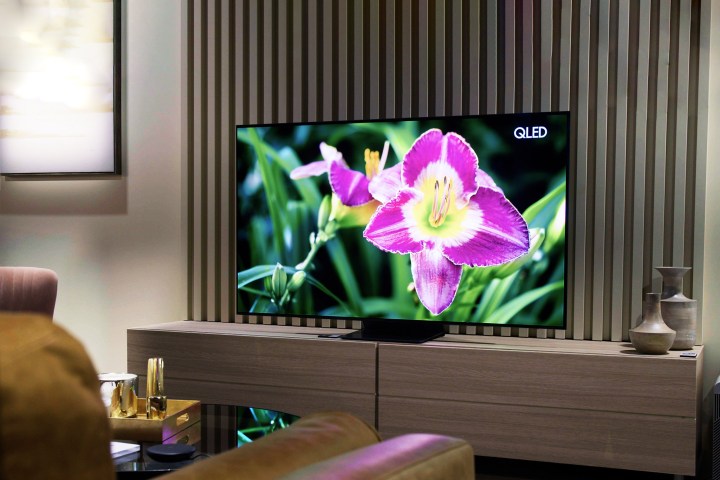
Months to buy: February, March and April
New TVs tend to come out between February and April, and while that’s a great time to get the latest in TV tech, it’s also when manufacturers slash prices on last year’s models to make way for the new ones. This may give you the feeling that you’re not buying the latest and greatest, but keep in mind that these TVs were top of the line just a few short months earlier.
If you know a new lineup is coming from a TV brand you’re interested in, start keeping an eye out for news detailing when the new models will arrive in stores. As soon as those hit (or even right before), you can expect big discounts on last year’s models.
Amazon Prime Day
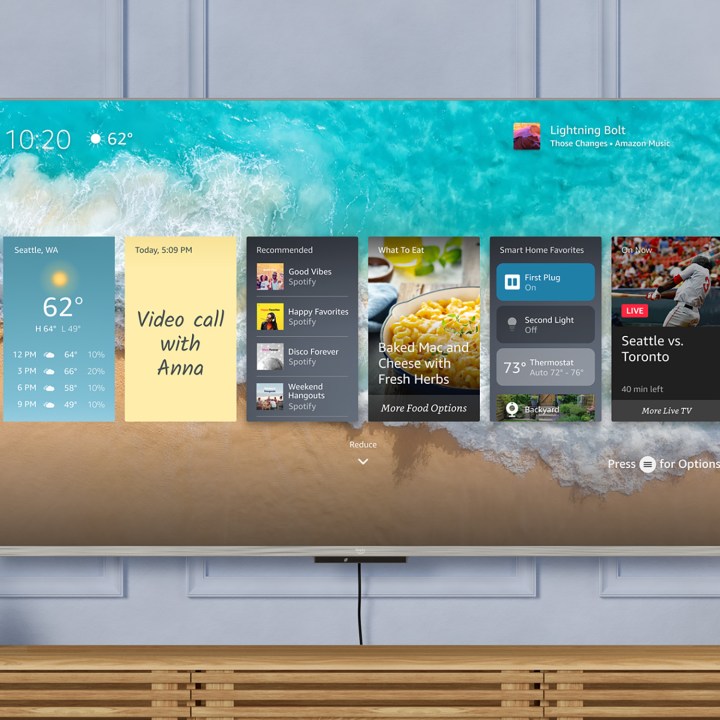
Month to buy: June or July
Amazon Prime Day (it’s actually 48 hours) has produced its fair share of solid TV deals, but compared to other events, Prime Day isn’t absolutely loaded with TVs, and they’re usually cheaper models, but there’s still plenty to browse. This year, with Amazon’s own Fire TV Omni QLED TVs making a splash, and seeing as Amazon likes to favor its own products on Prime Day, fingers crossed that we could see some decent deals on Omni and other TV brands.
Black Friday and Cyber Monday
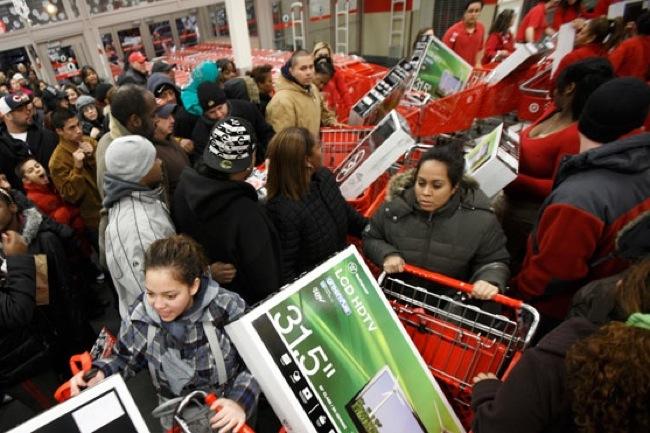
Month to buy: November
Sure, you saw this coming, but you don’t have to risk serious injury at the mall or your local electronics store to land a major bargain during Black Friday sales. While you’ll typically find the best deals on the big day after Thanksgiving, sales will often begin creeping up in early November. And if you miss your chance on Friday, Cyber Monday — aka, the first Monday after Thanksgiving — has been getting better and better over the past few years when it comes to TV sales, too.
Unlike the Super Bowl sales, you’ll find all manner of sizes and types of TVs on sale during this period — big to small, high-end to budget brands, and the best TV tech like OLED and QLED — and some go for as little as half their original price. That said, most of the best deals will be mid- to lower-priced TVs, so this is a great time to buy that bedroom TV you’ve been eyeing on the cheap. The sheer amount of models on sale can be daunting to dig through, so keep an eye on tech sites (like this one) that curate the best deals.
Super Bowl sales
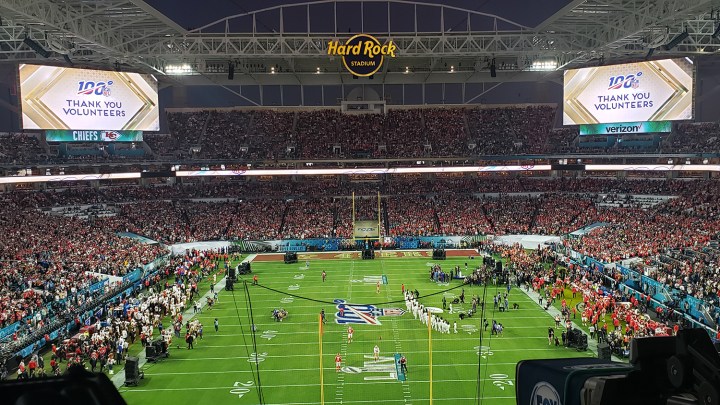
Month to buy: February
The Super Bowl season is when manufacturers and retailers often mark down their current lines of TVs. They typically start marking them down starting in January, and keep them priced low until just days before the festivities commence. Since screen size always factors in heavily to a good Super Bowl party, the most common sales you’ll see this time of year will be on models from around 49 inches and up. In other words, it’s a good time to go big. You’re going to want to set that TV up for perfect Super Bowl viewing, too, and we’ve got a guide on how to do it.
Father’s Day
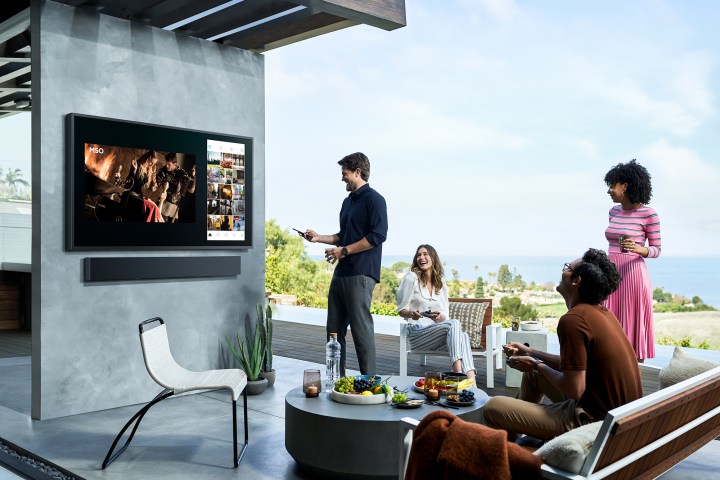
Month to buy: June
Nothing screams stereotypical dad quite like a new TV, which is probably why businesses tend to throw out a few deals oriented toward the father figure in your life around or on the third Sunday of June. This is a great time to check out Best Buy, Target, Amazon, and other popular retailers to see if they are discounting any of their screens for potential father-oriented gifts, whether they be big or small.
Back-to-school sales

Month to buy: August
August isn’t a special event, per se, but something very important happens this time of the year for tech sellers. Midway through the year, a new crop of graduates prepares to go off to college, and that means they’ll be looking to upgrade their dorm rooms and apartments. The latter half of August tends to see a smorgasbord of deals tailored to student life, including TV deals. Manufacturers are more likely to focus discounts on dorm-friendly TVs — meaning you probably won’t find many deals on extra-large models — but for those looking for a smaller TV or a secondary TV for another room, this is a great time to shop.
Tips for finding the best TV for your dollars
- Check multiple outlets: This applies to both online and in-store. It’s easy to simply rely on Amazon, but we recommend shopping around both on the internet and in person.
- Social media is your friend: While you may be wary about following stores on Facebook, Twitter, and Instagram, retailers will often notify their followers of deals ahead of the general public, and you can use this to your advantage. After all, you can always unfollow them later.
- Know the market: Clicking the “Buy” button on the first good deal you find might cause trouble if you only find out your TV doesn’t support features you want, like HDR or an intuitive user interface, until after you get it home. Check our TV buying guide and our list of the best TVs you can buy for a better idea of what to look for. We have lists of the best TVs under $1,000 and the best 4K TVs under $500 as well if you’re on a budget. Keep in mind these will be priced even lower during sale periods.
- Understand unique deals: Companies may offer unique discounts on specific models. For example, open-box deals for returned products or products that arrived at the store in the right condition can be a great way to save, especially if you’re flexible about what specific model you want.
A little patience goes a long way
We get it: You want to set up your new TV today, not in a few months. And if you don’t mind paying a little more, there’s absolutely nothing wrong with that. But just like any major purchase, it pays to be patient when picking out a new TV. Waiting for just the right moment can save you big money, and you’ll also get that special satisfaction of knowing you’re a sharp shopper. Then you can either tuck the savings away, or use the money to pick up a new AV receiver, soundbar, or a new Sonos speaker to upgrade your entire home theater.
Frequently Asked Questions
What month is the best month to buy a television?
January to February is a good time to buy a television, since that’s when models come back into stock after the holiday season, and prices start to drop as the Super Bowl sales approach.
What time of year do TV prices drop?
TV prices tend to drop in November around Black Friday, and later in January through April, as Super Bowl TV deals become available, and TV sellers discount prices to make way for new stock.
How often should you replace your TV?
You should replace your TV every 5-7 years, according to experts. Technology moves fast, and if you hold onto your unit any longer than that you’ll miss out on all of the emerging features available in TVs. Most people hold onto their TVs for an average of 6.6 years.
Editors’ Recommendations
